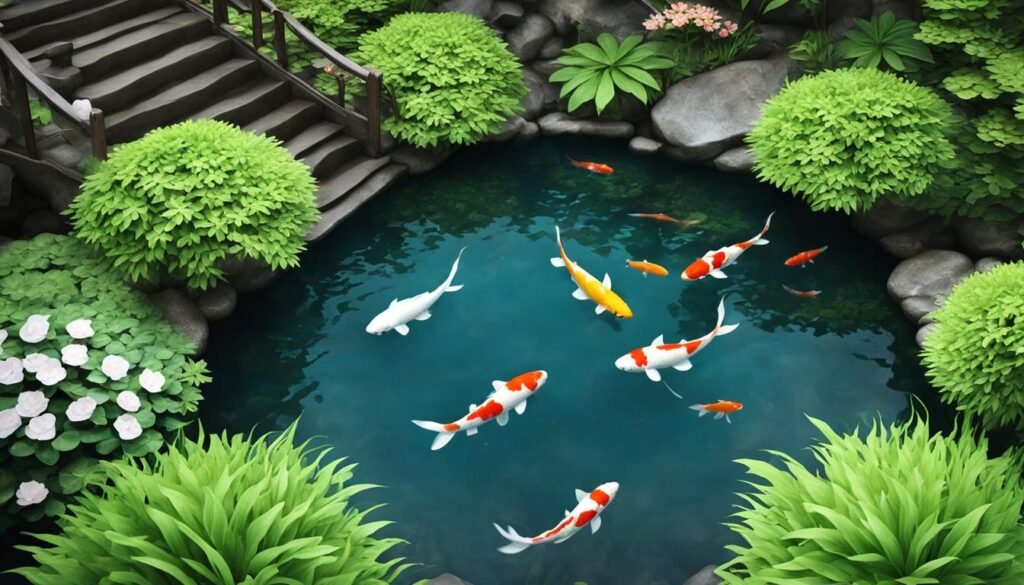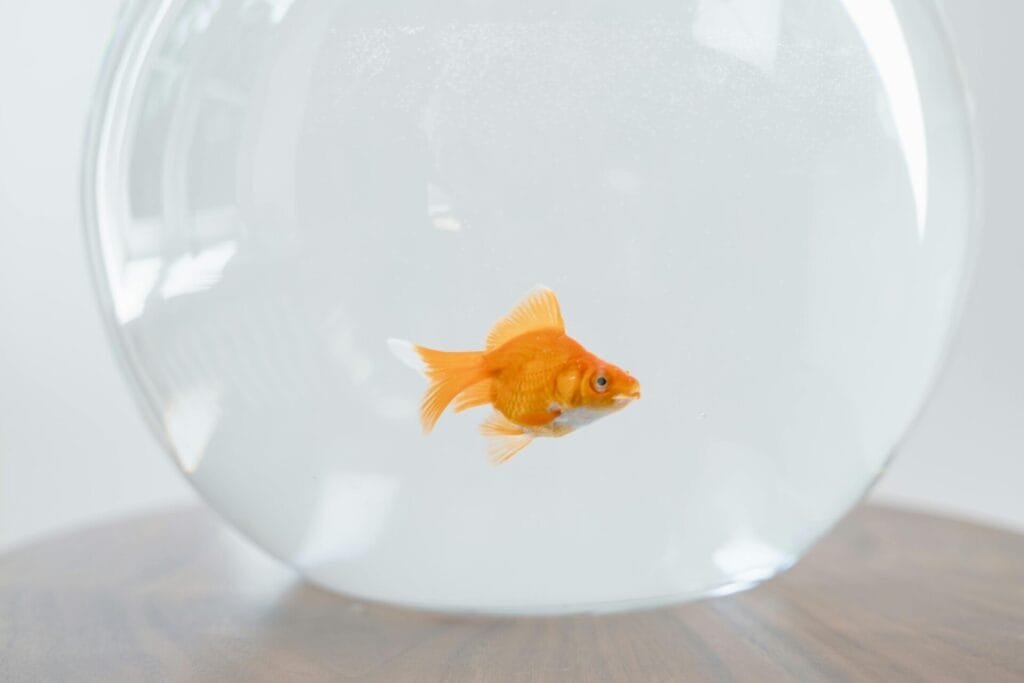Understanding Betta Fish Temperament
Betta fish (Siamese fighting fish) have been selectively bred for territorial aggression throughout history. This fighting instinct remains present even in domesticated bettas, making companion selection crucial. Each betta possesses a unique personality—some may be excessively territorial while others might be remarkably peaceful.
Some important points to remember about betta behavior:
- Male bettas cannot share the same habitat without a divider
- Males and females cannot be housed together permanently
- Female bettas can coexist together in a sorority (group of 5+ females)
While some bettas might never tolerate tank mates, others might be bullied by more aggressive species. If compatibility issues arise, keeping your betta alone is preferable to subjecting it to constant stress.
Essential Considerations Before Adding Tank Mates
Tank Size Requirements
Before introducing companions to your betta, ensure adequate space for all inhabitants. Bettas require a minimum of 5 gallons of water, and adding tank mates necessitates even more space. Follow the general rule that every inch of fish requires at least 1 gallon of water.
Remember that increased inhabitants create more waste (bioload), potentially raising ammonia levels and altering water pH. A proper filtration system becomes essential for a community tank.
Proper Introduction Techniques
When introducing new fish to your betta’s environment:
- Have an exile tank ready for emergency separations
- Monitor interactions closely for at least 72 hours
- Introduce your betta to an established community rather than adding new fish to the betta’s territory
- Quarantine all new fish for 4-6 weeks before introduction
- Acclimate all species properly to reduce stress
Compatible Water Parameters
All potential tank mates should require similar water conditions:
- pH level: 7.0-8.0
- Temperature: 72-81°F (tropical range)
10 Best Fish That Can Live With Bettas
1. Mystery Snails (Pomacea Bridgesii)
Color: Golden, Blue, or Dark Brownish
Experience Level: Beginner
Minimum Tank Size: 5+ Gallons
Mystery snails serve as excellent betta companions due to their docile nature and practical benefits. These invertebrates help maintain tank cleanliness by consuming algae and leftover food. Unlike some snail species, they don’t reproduce asexually, preventing population explosions.
Their hard shells provide protection if your betta becomes curious or nippy. Growing to approximately 2 inches with a lifespan of around one year, mystery snails offer fascinating behaviors to observe—using their siphon for air at the surface and exploring with their tentacles.
2. Ghost Shrimp (Thalassinidea)
Color: Transparent
Experience Level: Beginner
Minimum Tank Size: 10+ Gallons
Ghost shrimp (or glass shrimp) earn their name from their nearly transparent bodies. These peaceful invertebrates make excellent tank mates for bettas and are best introduced in small groups of 2-4 shrimp.
Beyond their compatibility, ghost shrimp offer practical benefits as scavengers that clean the substrate by consuming excess food. They typically grow to 1.5 inches and live for 1-1.5 years with proper care. These active creatures particularly enjoy moss balls and live plants while contributing to overall tank maintenance.
3. Feeder Guppies (Poecilia Reticulata)
Color: Females are gray, males have subtle colorations
Experience Level: Beginner
Minimum Tank Size: 8+ Gallons
Feeder guppies work better with bettas than their fancy counterparts because they lack the bright coloration and flowing fins that might trigger aggression. These hardy fish enjoy the same water parameters as bettas and display docile temperaments.
Unlike many other compatible species, guppies are content living individually, making them easier to introduce than schooling fish. Their resilience and peaceful nature create a harmonious coexistence with bettas.
4. Cory Catfish (Corydoras)
Color: Bronze
Experience Level: Beginner
Minimum Tank Size: 10+ Gallons
Corydoras catfish make excellent additions to betta community tanks. These bottom-dwelling fish occupy a different territory than bettas, who typically prefer the middle to upper water column. Corydoras can live alone or in small schools (4+ recommended) depending on tank size.
Reaching 1-2.5 inches in length with a lifespan of 2-3 years, cory catfish display non-aggressive behavior that perfectly complements bettas. For extra caution, consider pygmy corydoras, which grow to only 1 inch and feature duller coloration.
5. Harlequin Rasbora (Trigonostigma heteromorpha)
Color: Orange to Pink Body with Distinct Black Triangle and Red-Hued Fins
Experience Level: Beginner
Minimum Tank Size: 10+ Gallons
Harlequin rasboras are schooling fish that require groups of 5-6 individuals. They make excellent betta companions provided the tank size exceeds 10 gallons to accommodate their activity needs. Like bettas, rasboras enjoy brine shrimp as a nutritious treat.
Growing to approximately 1.5 inches with a 5-year average lifespan, harlequin rasboras’ peaceful nature facilitates successful cohabitation with bettas. Their preference for the middle water column complements bettas’ tendency to occupy the upper regions.
6. African Dwarf Frogs (Hymenochirus Boettgeri)
Color: Grey or Brown with Spots
Experience Level: Beginner
Minimum Tank Size: 10+ Gallons
African dwarf frogs bring diversity to betta tanks with their peaceful personalities and interesting behaviors. Growing to 2.5 inches with a 5-year lifespan, these amphibians thrive when kept in pairs or small groups.
These active creatures provide fascinating viewing experiences. They regularly surface for air using their lungs rather than gills and periodically shed their skin—a quick process typically followed by the frog consuming the shed skin. Their animated feeding behavior using their webbed feet adds additional entertainment value.
7. Neon Tetras (Paracheirodon Innesi)
Color: Neon Silver-Blue with Red Neon Stripe
Experience Level: Beginner-Advanced
Minimum Tank Size: 10+ Gallons
While conventional wisdom suggests avoiding brightly colored tank mates for bettas, neon tetras can coexist successfully due to their quick swimming abilities. These schooling fish require groups of 6-10 individuals in a long, narrow tank that provides sufficient horizontal swimming space.
With a 5-year lifespan and maximum size of 4 centimeters, neon tetras display fascinating schooling behaviors as they navigate the tank. Like bettas, they appreciate heavily planted environments with ample hiding spots. Their preference for the middle water column minimizes territorial disputes with bettas, which primarily occupy upper regions.
8. Ember Tetras (Hyphessobrycon Amandae)
Color: Orange-Red
Experience Level: Beginner-Advanced
Minimum Tank Size: 10+ Gallons
Ember tetras, another tetra variety, can even school with neon tetras. Growing to just under 1 inch, they require groups of 4-6 for proper schooling behavior. Similar to bettas, they appreciate densely planted environments and enjoy brine shrimp.
With a 4-year average lifespan, ember tetras typically inhabit the middle water column, complementing bettas’ preference for upper regions. However, both species are surface feeders, so monitoring feeding times is advisable.
9. Clown Plecos (Panaque Maccus, Dwarf Loricariid)
Color: Light Brown to Black Body with Orange to White Stripe Patterns
Experience Level: Beginner-Advanced
Minimum Tank Size: 15+ Gallons
The clown pleco offers algae-eating benefits while maintaining compatibility with bettas. Unlike the common pleco, which can grow to an impressive two feet, clown plecos reach a more manageable 4 inches maximum.
These hardy fish boast a 10-year average lifespan in captivity. Their exploratory nature adds movement to the tank, and their tough skin provides protection against curious bettas. Their algae-eating habits contribute to tank maintenance while their bottom-dwelling preference minimizes territorial conflicts.
10. Kuhli Loach (Pangio Kuhlii)
Color: Pink to Yellow Body with Dark Stripes
Experience Level: Beginner-Medium
Minimum Tank Size: 20+ Gallons
Kuhli loaches make compatible betta tank mates due to their docile temperament. These eel-shaped fish enjoy hiding in crevices and generally mind their own business. They appreciate brine shrimp and require at least 20 gallons to thrive.
Be careful to avoid larger loach varieties like the clown loach, which can exceed one foot in length. If using sand substrate, anticipate that loaches may burrow deeply into it.
Bonus: Marimo Moss Ball (Aegagropila Linnaei)
Color: Green
Experience Level: Beginner
Minimum Tank Size: 5+ Gallons
While not a fish, the Marimo moss ball deserves mention as an excellent living addition to betta tanks. These remarkable plants are virtually indestructible, making them perfect for beginners. Impressively, they can live for over 100 years while growing just 5 millimeters in diameter annually.
Marimo moss balls offer numerous benefits: affordability, longevity, minimal maintenance requirements, algae consumption, nitrate reduction, and oxygen production. For those not ready to introduce additional fish species, moss balls provide visual interest and environmental benefits.
Female Betta Sororities
Female bettas can coexist in sororities—community tanks containing 5 or more female bettas. This arrangement requires a minimum 10-gallon tank, preferably with a long horizontal design rather than a tall vertical configuration.
Like their male counterparts, female bettas display aggression and territorial behaviors, necessitating close monitoring and ample hiding places. Younger females typically adapt better to sorority life than older individuals accustomed to solitary living.
Tank Mate Selection Checklist
Before introducing companions to your betta tank, consider these essential guidelines:
- Add your betta to an established community rather than introducing new fish to the betta’s territory
- Ensure appropriate minimum tank size for all inhabitants
- Install proper filtration and heating for community tanks
- Quarantine new fish for 4-6 weeks before introduction
- Properly acclimate all fish to reduce stress and shock
- Prepare an exile tank and net for emergency separations
- Monitor interactions closely for at least 72 hours
- Provide abundant plants and decorations for hiding spots
- Confirm compatible water parameters for all tank mates
- Research dietary requirements, as many compatible species have different nutritional needs than bettas
- Avoid tank mates with bright coloration and long fins
- Never introduce aggressive fish species
Conclusion: Successful Betta Community Tanks
Despite common misconceptions about bettas requiring solitary environments, the species listed above can coexist harmoniously with bettas given proper conditions and monitoring. However, individual betta temperaments vary considerably, so success isn’t guaranteed even with perfect planning.
After introducing companions, carefully observe for stress indicators in all tank inhabitants over several days. Warning signs include reduced appetite, visible injuries (particularly fin damage), continuous chasing, and prolonged confrontations.
Extended stress and aggression inevitably lead to illness or death. Ensure adequate hiding places and appropriate tank sizes per the recommendations above. If the environment becomes unsafe, be prepared to relocate your betta to a separate tank.
Remember that bettas aren’t schooling fish and thrive perfectly well alone. If tank mate compatibility proves challenging, creating an appealing environment through aquascaping with live plants and appropriate décor can provide equally satisfying visual appeal.
With careful planning, appropriate species selection, and diligent monitoring, many betta owners successfully maintain thriving community tanks that enhance both the beauty of their aquatic display and the quality of life for their betta fish.


